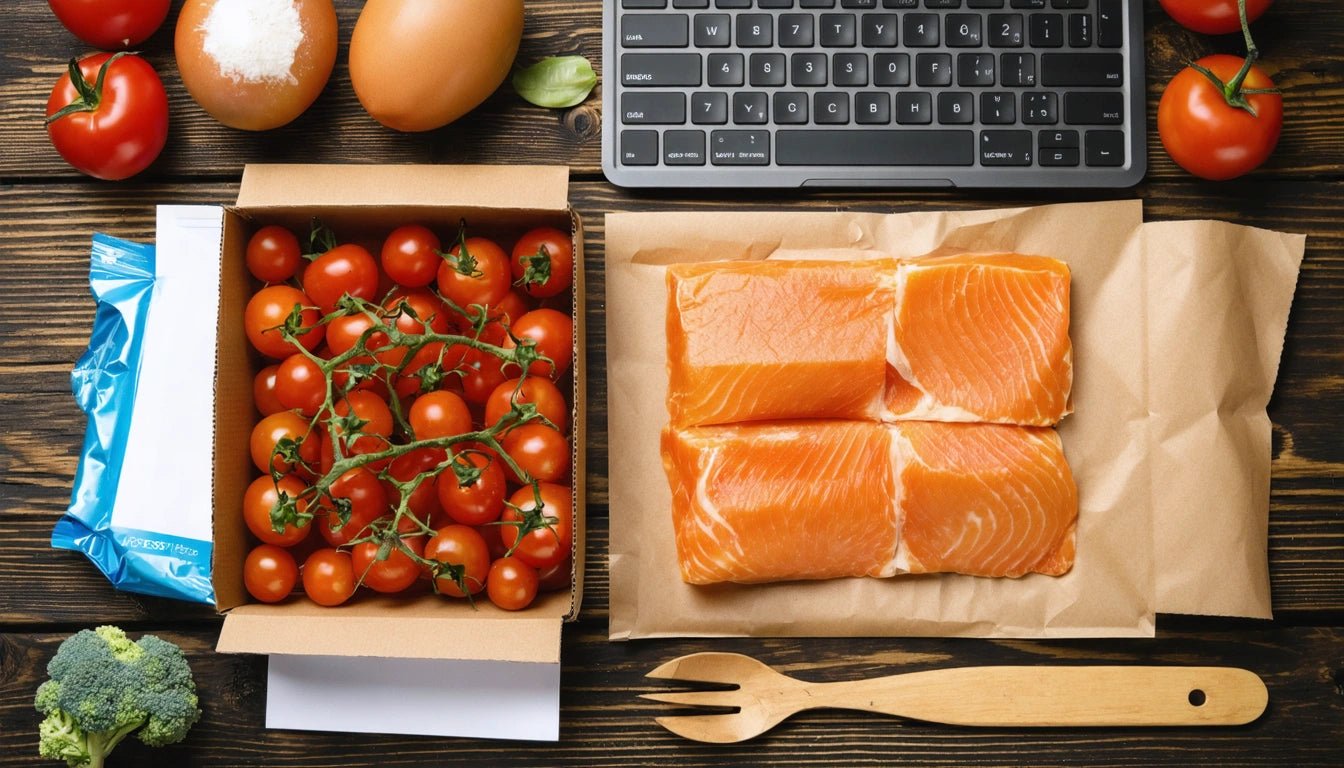Table of Contents
How to Safely Send Food Through the Mail: A Guide to Mailing Perishable Items
Sending food through the mail has become increasingly popular, whether you're shipping homemade treats to loved ones, running a food-based business, or sending regional specialties to friends in different states. However, mailing perishable items requires careful planning to ensure food safety and quality upon arrival. This comprehensive guide covers everything you need to know about how to mail food safely and effectively.
Can You Mail Food? Understanding Shipping Regulations
Yes, you can send food by mail, but there are important regulations to consider. The United States Postal Service (USPS), FedEx, and UPS all accept food shipments with certain restrictions. Perishable items that could spoil during normal shipping times require special handling.
Key regulations to be aware of:
- Perishable foods must be packaged to remain fresh for at least 72 hours
- Dry ice is regulated as a hazardous material and requires proper labeling
- Some foods may be prohibited from international shipping
- Alcohol shipments have specific restrictions by carrier and destination
Before shipping, always check the most current regulations with your chosen carrier, as rules can change and may vary by destination.
Essential Packaging Materials for Mailing Food
Proper packaging is crucial when learning how to mail perishable food. The right materials create barriers against temperature fluctuations, moisture, and physical damage.
Primary Packaging (Food Contact)
Start with food-safe containers that provide a secure seal:
- Vacuum-sealed bags for meats and cheeses
- Airtight plastic containers for sauces and spreads
- Glass jars with secure lids for jams and preserves
- Plastic wrap and aluminum foil for additional sealing
Insulation and Temperature Control
For temperature-sensitive items, insulation is essential:
- Styrofoam coolers or insulated box liners
- Bubble wrap (provides both insulation and cushioning)
- Thermal liners or reflective insulation sheets
- Cold packs or dry ice for refrigerated or frozen items
When shipping items that need to stay cold, proper insulation becomes even more critical. Shipping frozen and cold foods affordably requires balancing cost with effectiveness.
Temperature Control Methods for Perishable Foods
Maintaining appropriate temperatures is perhaps the biggest challenge when you send food by mail. Different food types require different temperature ranges:
Refrigerated Items (33-41 °F)
For items like cheese, fresh pasta, or deli meats:
- Gel ice packs (frozen before packing)
- Refrigerate products before shipping
- Ship early in the week to avoid weekend delays
Frozen Items (Below 32 °F)
For ice cream, frozen meats, or seafood:
- Dry ice (handle with protective gloves)
- Frozen gel packs in larger quantities
- Pre-freeze items solid before packing
For specialized items like baked goods, there are additional considerations. Learning how to safely mail cakes involves both temperature control and preventing physical damage.
Choosing the Right Shipping Carrier for Food
Each major carrier offers different services for shipping food:
USPS Options
- Priority Mail Express (1-2 day delivery)
- Priority Mail (1-3 day delivery)
- Retail Ground (2-8 day delivery, not recommended for highly perishable items)
FedEx and UPS Services
- Overnight/Next Day Air (best for highly perishable items)
- 2-Day shipping (suitable for moderately perishable foods)
- Ground shipping (best for non-perishable food items only)
Cost considerations are important when choosing a carrier. While overnight shipping provides the greatest safety margin for perishable items, it can be expensive. For less perishable items like chocolates and candy, you might be able to use slightly slower shipping methods.
Shipping Guidelines by Food Category
Baked Goods
Cookies, breads, and shelf-stable pastries ship relatively easily:
- Cool completely before packaging
- Layer with parchment paper to prevent sticking
- Use sturdy containers to prevent crushing
- Consider vacuum sealing for longer freshness
Meats and Seafood
These highly perishable items require extra care:
- Flash freeze before shipping
- Use dry ice or sufficient gel packs
- Double-wrap to prevent leakage
- Always use expedited shipping
Fruits and Vegetables
Fresh produce requires special handling:
- Choose slightly underripe specimens that will ripen en route
- Wrap individually to prevent bruising
- Use cushioning materials between items
- Consider specialized packaging like larger protective containers for oddly shaped or fragile produce
When shipping specialty items like pies, additional techniques may be needed. Shipping pies safely requires specialized packaging to maintain structural integrity.
Best Practices for Successful Food Delivery
Beyond the basics of how to mail food, these additional practices will help ensure your shipments arrive in optimal condition:
- Time shipments to avoid weekends and holidays
- Include handling instructions for the recipient
- Use "Perishable" labels on the exterior packaging
- Consider insurance for valuable food shipments
- Track packages and communicate delivery timing to recipients
- Test your packaging method with non-perishable items first
- Include an inventory list of contents for the recipient
Remember that different seasons present different challenges. Summer heat requires more cooling materials, while winter freezing may damage certain items. Adjust your packaging strategy according to season and destination climate.
By following these guidelines, you can confidently send food by mail knowing it will arrive fresh, safe, and ready to enjoy. Whether you're shipping homemade treats to family or running a food-based business, proper packaging and shipping methods ensure your culinary creations reach their destination in perfect condition.



















